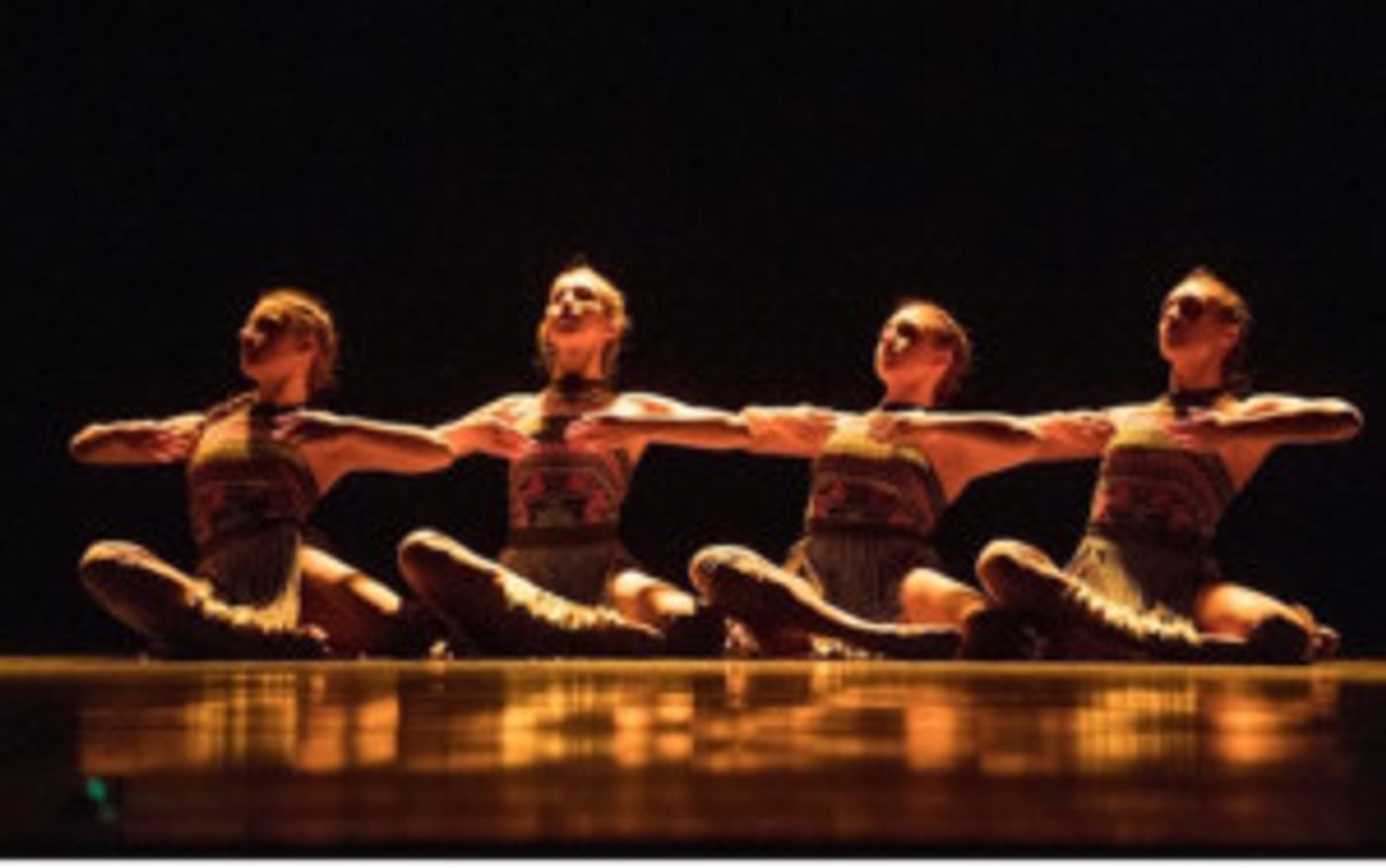Review: THE THREAD, Sadler's Wells

![]() Receiving its world premiere at Sadler's Wells, The Thread is acclaimed British choreographer and Sadler's Wells Associate Artist Russell Maliphant's new work.
Receiving its world premiere at Sadler's Wells, The Thread is acclaimed British choreographer and Sadler's Wells Associate Artist Russell Maliphant's new work.
Staged in collaboration with Vangelis, Oscar-winning composer of scores for the films Chariots of Fire and Blade Runner, it marks something of a departure for Maliphant. It was developed from an original concept by producer Georgia Iliopoulou, who invited Maliphant to blend his signature approach to flow and energy in the body with traditional Greek dance.
This juxtaposition of the past and present is the crux on which The Thread turns. The pre-show literature makes much of the fact that Maliphant was inspired by the Greek myth of Theseus's quest to best the Minotaur and how Ariadne's thread was instrumental in ensuring his success. You wouldn't know that from how this has been translated on stage because there is no discernible narrative cementing the various moving parts of the piece together.
That isn't to say there isn't a thematic thread running throughout. The opening image of the preamble shows the dancers, arm in arm, in a tight circle framed by a warm yellow spotlight. As the circle slowly widens, the light grows in intensity like a rising sun. The dancers move across the stage, arms entwined or linked and held aloft in configurations of line or circle formation. While these moves are very simple in execution, they are very hypnotising for the audience to watch. The Thread then also references community and universality.
Circles and lines are motifs that the dancers will return to again and again. That becomes repetitive eventually. If repetition is the name of the game here, then why not repetition that isn't a line or a circle sometimes?
Or why not make the repetition so distinctive that it becomes a point of The Thread's modus operandi? I can imagine how these lines and circles could describe the journey through the Minotaur's labyrinth, so it's a shame that more isn't made of them narratively. The lines and circles go on for so long that, initially, the audience can be forgiven for thinking that the dancers aren't capable of much more.
With the stage starkly devoid of any set to speak of, it's the dancing, regular collaborator Michael Hulls' lighting design and Vangelis's music that have to do the heavy lifting. The moments when the choreography allows the dancers to break rank to tumble and sprawl in sheer lyricism across the stage in smaller groups, so obviously Maliphant's own vocabulary, are the most gripping. Even the dancers themselves seem to become most engaged during these episodes.
This is the heart of the problem. Rather than find a way to truly blend his style with the traditional movements, Maliphant has missed a trick by separating out each vignette into its own standalone entity. This fights against a fluidity that is necessary to make the piece a seamless whole.
This may be partly because the cast is made up of 12 contemporary dancers and six traditional ones. Each group had to catch up to speed with each other's practice and it's apparent that they haven't completely gelled together as an ensemble.
The Thread is ambitious in scope, but, in the final reckoning, doesn't quite land a sure-footed mark. It's perhaps too focused on appealing to a Greek diaspora to be truly appealing to people who are not directly invested in Hellenic tradition and culture. While it isn't Maliphant at his best, at 75 minutes long, its warmth ensures that it's hardly a trial.
The Thread at Sadler's Wells until 17 March
Photo credit: Alistair Muir
Reader Reviews
Videos

